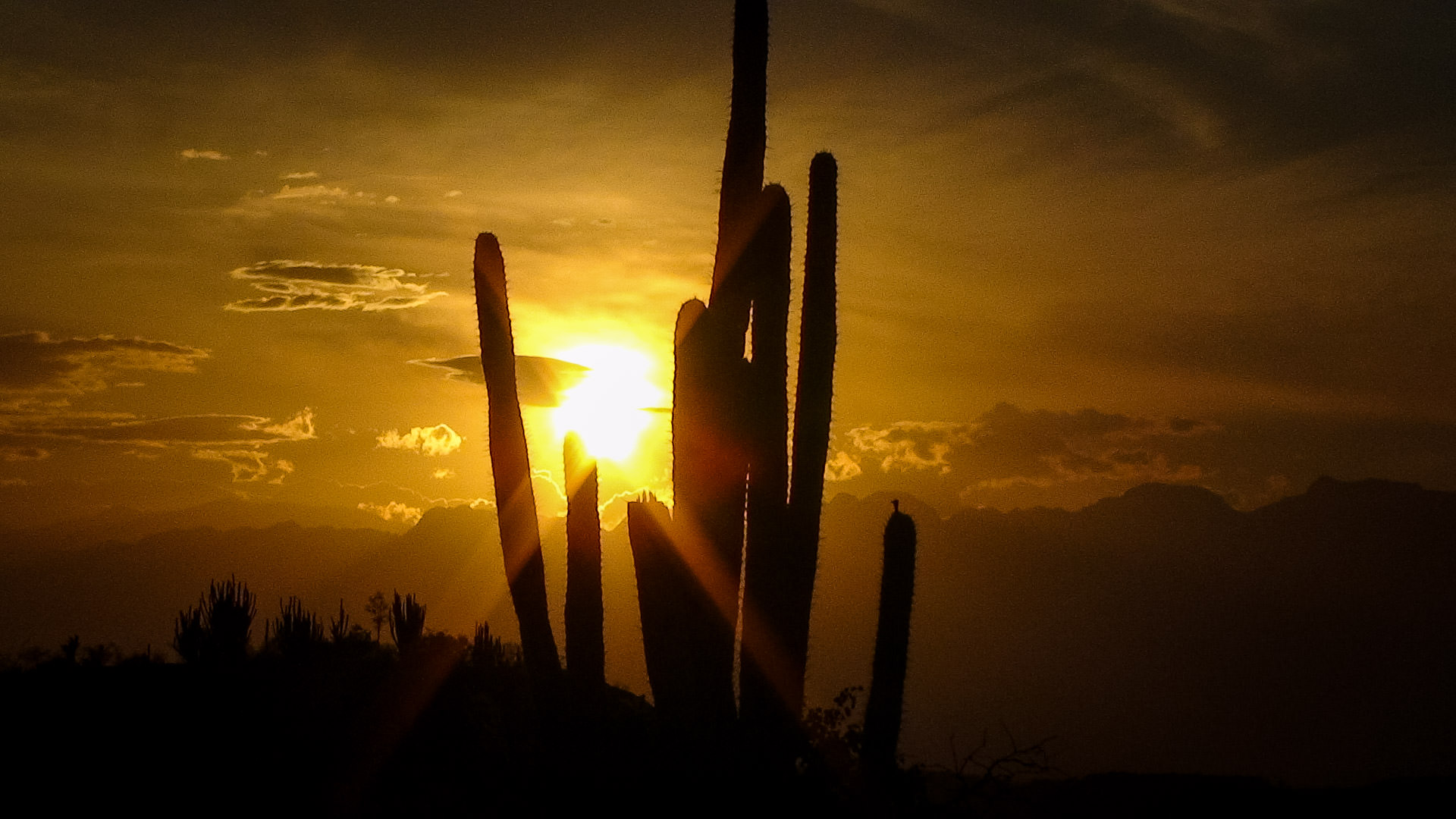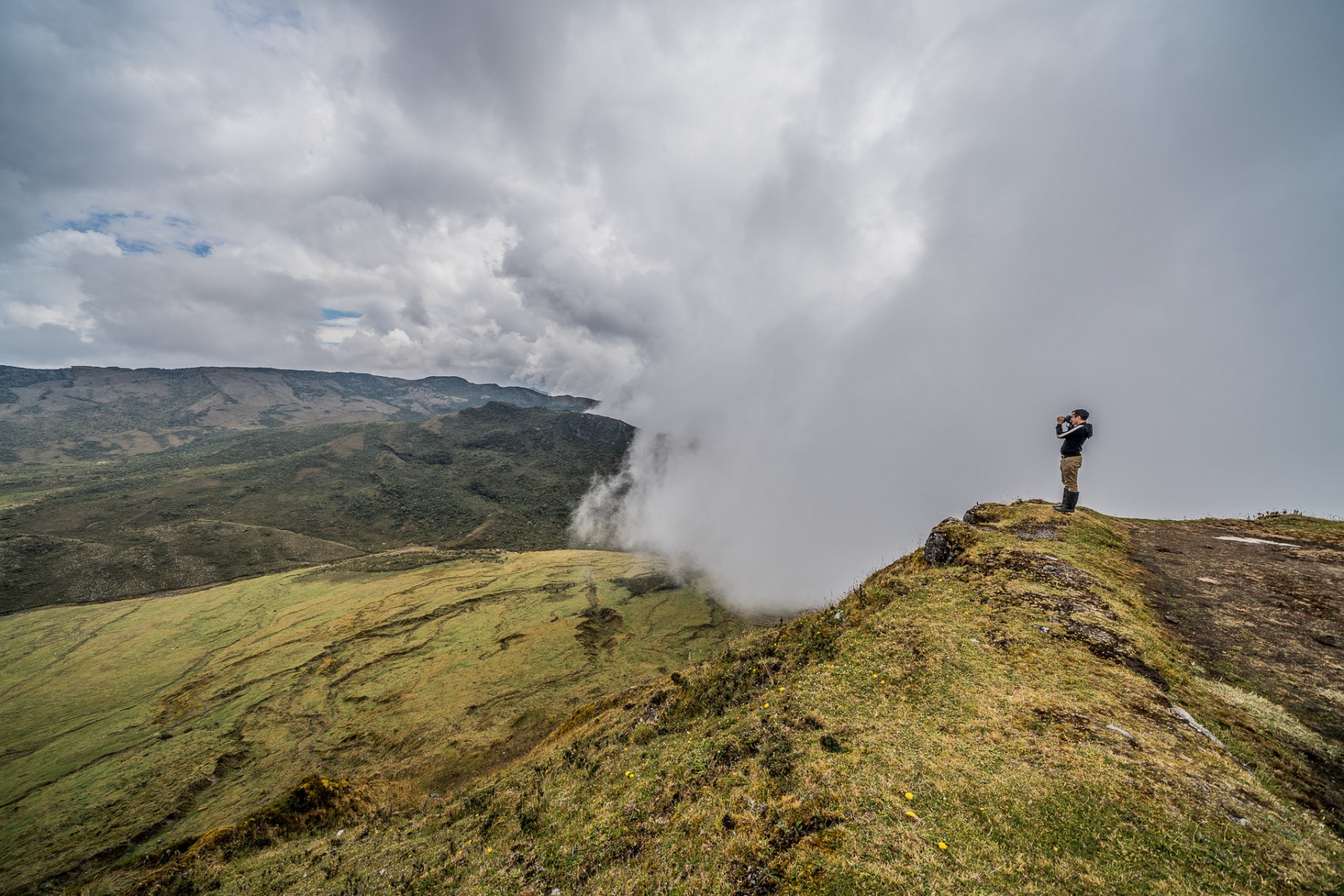The Tatacoa Desert is an ideal place to visit for astronomy and paleontology enthusiasts, nature lovers, photographers and anyone looking to stargaze in Colombia.
If you recognize yourself in one of these categories, you are in the right place. Here you will learn everything there is to know about the Tatacoa Desert.
In this article, our team of experts will cover a range of topics such as: when to go, how long to stay and what to bring; so that you have all the information you need to plan the best trip possible!
The Tatacoa desert in a few words
Located in the north of the department of Huila – about 50 km from the department’s capital, Neiva – the Tatacoa desert is the second driest area in Colombia (just after the La Guajira desert, located at the northern end of the country). Although technically speaking, it is important to note that Tatacoa is actually a tropical dry forest, not a desert. Its weather conditions and lack of air pollution and human intervention allow for some of the best stargazing in the country, and some of the best in the world. The Tatacoa Desert is located between two mountain ranges (including the peaks of the Nevado de Huila (5750 km)) which absorb all the moisture in the region and result in such a dry and vegetation-free area. Due to its geological conditions, it has also become a place of great paleontological interest.
When the Spanish conquistador Juan Alonso followed the Magdalena River in his quest for El Dorado, he came to the Tatacoa Desert and called it the Valle de Tristezas (“Valley of Sorrows”). The desert was later named Tatacoa in honor of a rattlesnake that is said to survive all conditions.
When to visit the Tatacoa Desert?
The climate in the Tatacoa region is fairly constant, so it is possible to visit at any time. No matter what time of year you choose to visit, you can expect a lot of heat.
Tip: The driest months are June, July and August. This can ensure clearer skies for stargazing.

How to get to the Tatacoa desert?
Transportation to the Tatacoa Desert is readily available. In general, to get there, you have to go through the capital of the department of Huila, Neiva. Here are some options you can take:
BY AIR: 30 minute flight from Bogota to Neiva BY LAND: 5 hours travel time from Bogota to Neiva, or 45 minutes from Neiva to Villavieja. From Villavieja to the desert: 15 minutes.
Note: Motorcycle taxis will take you from Villavieja to the desert.

How long to stay in the Tatacoa desert?
We generally recommend staying one night and two days in the Tatacoa Desert, although some people choose to stay up to four days.
Equipment needed to visit the Tatacoa Desert
Although the desert is very hot during the day (temperatures can reach 40°C), at night the weather tends to drop to 13°C. That said, make sure you have good walking shoes, sunscreen and a hat for the day, and several layers of clothing and a torch for the night. And don’t forget to bring and drink plenty of water!
Don’t bring your computer as wifi and electricity are limited. But that’s why you’re going to a desert, right?
What are the cultural events and festivals in the Tatacoa desert?
Two remarkable events take place in the Tatacoa Desert:
El Festival Astronómico de La Tatacoa (the “Astronomical Festival of La Tatacoa”), which takes place from 17 to 20 August, is an excellent opportunity to learn about astronomy and to meet in an academic setting among the stars. Astronomers, lecturers, students and interested travellers gather from around the world to celebrate and discuss the stars. It is also a great event for families.
Over the past two years, the electronic music festival called Festival Tatacoa has grown in popularity and takes place in mid-October. This oasis of techno and house music is sponsored by Bogotá-based BAUM.

Accommodation in the Tatacoa desert
Hotels, hostels and designated camping areas are all options in the desert. Although you can stay in the nearby town of Villavieja, just 10km from the desert, we recommend staying in the desert itself.
Here is what you can choose:
- Camping: You can camp in the desert, near the observatory or in another designated camping area.
- Simple hotel: For the budget-conscious, there are many modest hotels with hammocks and pools.
Contact a Travel Agent now
Design the trip of your dreams today with one of our country experts:







